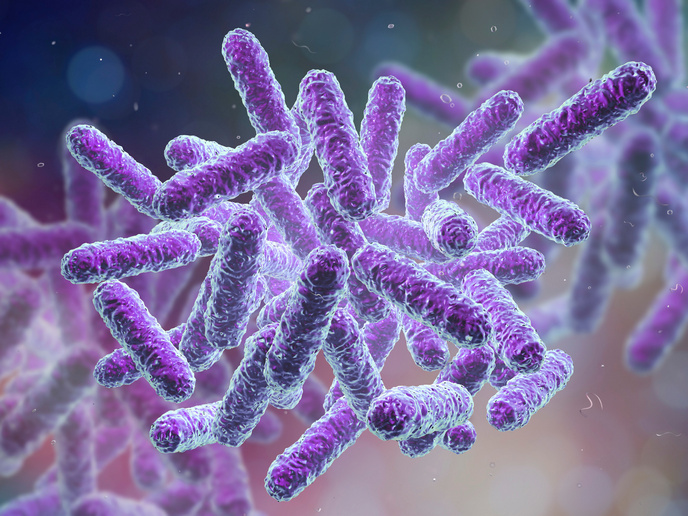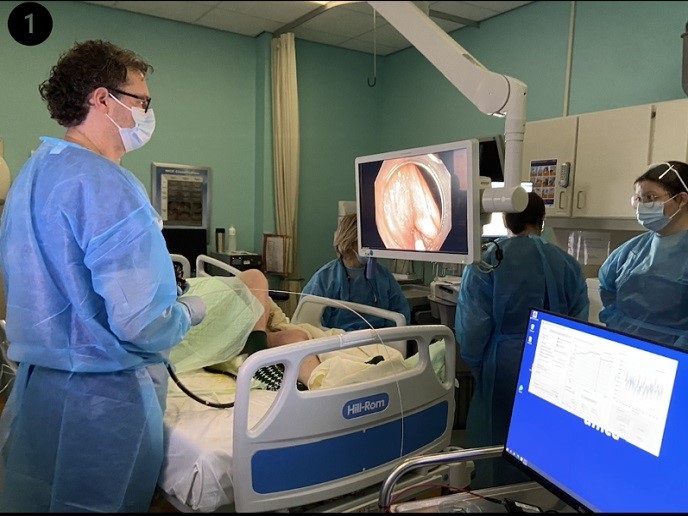Blocking resistance to radiation therapy in cancerous cells
Cancerous cells reproduce at an abnormally fast rate, giving rise to tumours. Formation of these abnormal cells is related to DNA damage. In normal cells, DNA damage induces either repair or cell death. In cancerous cells, the DNA is not repaired but the cells do not die, so the cancerous cells go on to reproduce. Interestingly, one form of DNA repair (by homologous DNA recombination (HDR)) actually plays a role in resistance of cancer cells to ionising radiation and radiomimetic drugs. Inhibiting HDR could be one route to therapy. With EU funding of the project BRCA2-RAD51, scientists searched for small molecules that block the Velcro site. This binding site enables the interaction between two protein molecules, breast cancer susceptibility type 2 protein (BRCA2) and RAD51, which is required for HDR. The focus was on a small sequence of four amino acids on BRCA2 at the Velcro site that binds very weakly to RAD51. Scientists exploited stapled peptides (SPs), peptides that conserve the amino acids necessary for interaction with a target protein but include two additional amino acids that can be induced to form an all-carbon linker called a staple. The staple stabilises the alpha–helix structure of the peptide and increases binding affinity. Investigators designed six different SPs all showing increased helicity compared to the native Velcro peptide. Several disrupted the BRCA2–RAD51 interaction, one in particular with a 100-fold increase in affinity for the BRCA2 Velcro site compared to the native peptide. Project results have opened the door to novel treatments of cancer. They have also provided a chemical tool that can uncover the mechanisms of DNA repair and aid in the development of novel therapeutics for other diseases.







